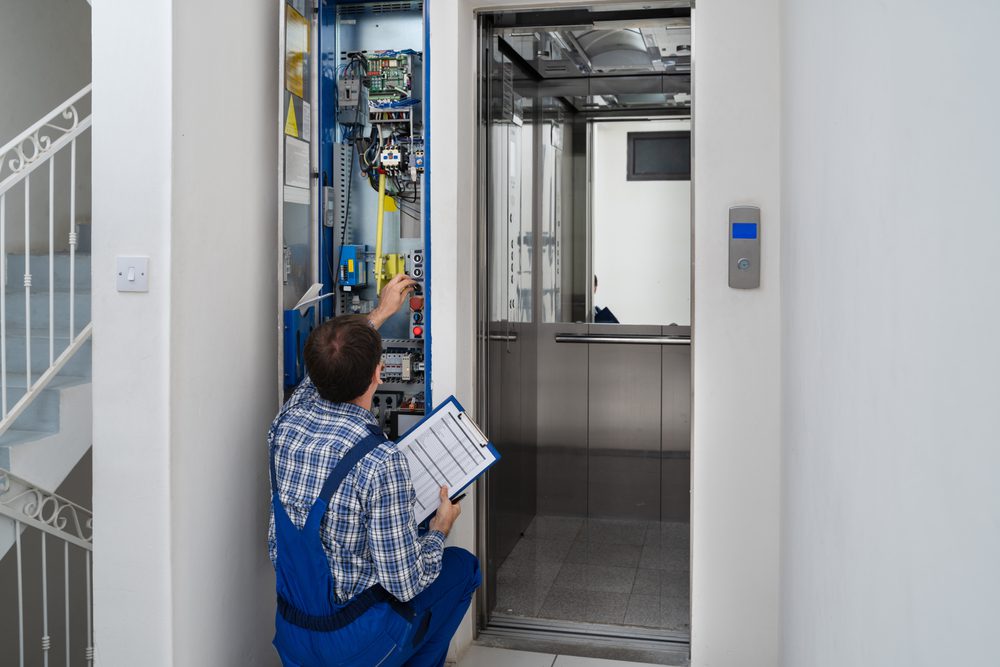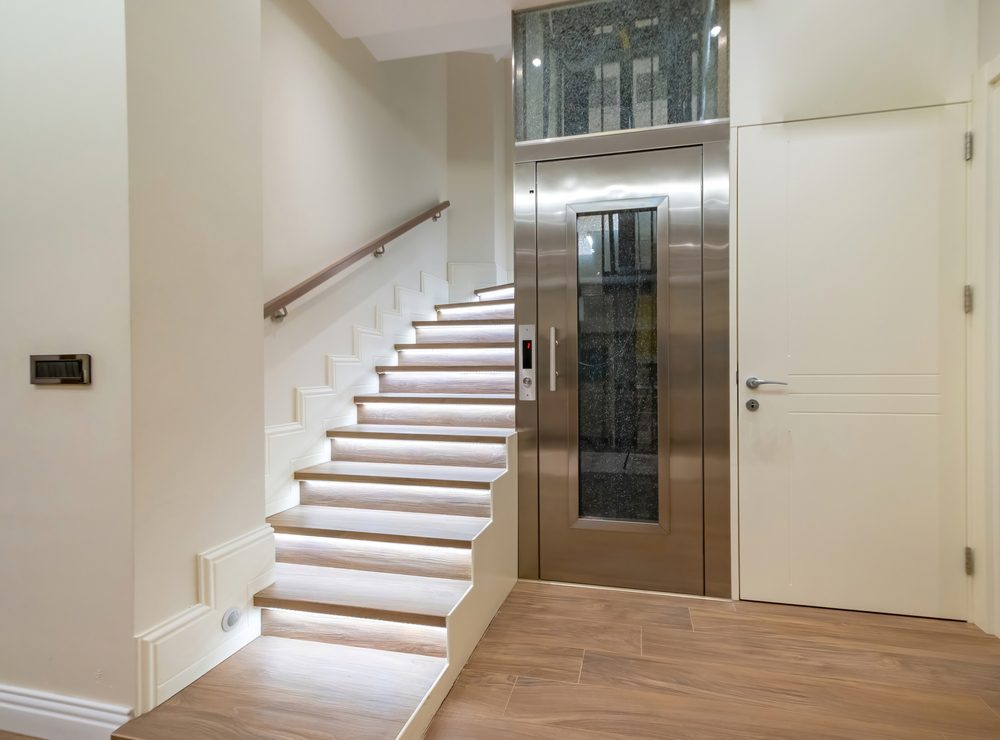LOLER stands for The Lifting Operations and Lifting Equipment Regulations, which were first established in 1998.
LOLER refers to the set of rules and regulations that ensure the lift environment is safe, and all lifting equipment is fit for purpose.
All lifts and lifting equipment need to abide by LOLER and be compliant with the regulations. Whether your lift is for personal, business, or commercial use, whether it carries passengers or goods, regardless of how old the lift is, you (the building owner or operator) need to be LOLER compliant.







